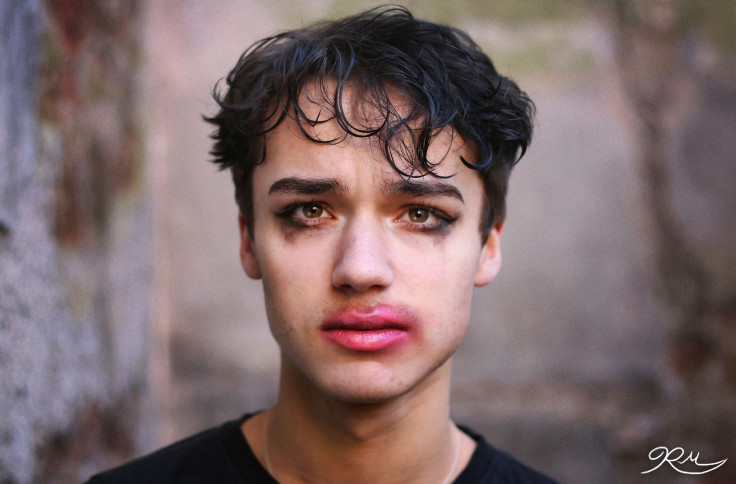Transgender Kids Found To Have No Hormone Abnormalities Contributing To Their Experience

A new study conducted by researchers at Children’s Hospital Los Angeles, is giving us new insight into the lives of transgender children, and ultimately helping us to reevaluate our perceptions of transgender individuals. Publishing their findings in the Journal of Adolescent Health, researchers under Dr. Johanna Olson examined 101 transgender youth patients to see if hormone treatments pose any future health repercussions for these individuals. What they found counters previous beliefs on transgender people: Transgender individuals do not have any sex hormone abnormalities that would lead them to identify with the sex opposite to the one they were assigned at birth.
“We’ve now put to rest the residual belief that transgender experience is a result of a hormone imbalance,” Olson says in a recent press release. “It’s not.”
Olson and her team have known this fact for a while, working with the largest group of transyouth in the United States, but now they have solid evidence to prove their claim.
Typically, transgender individuals will experience dissonance between the sex they were assigned at birth, and the sex they truly feel they are. As a result, if a transgender person feels they cannot eventually align with the gender they truly feel to be, they will experience distress, and anxiety. Psychologists refer to this as gender dysphoria, and it is compelling transgender youths to seek medical care for this incongruence at younger ages, in greater numbers than before.
For the study, the 101 transgender youths Olson and her colleagues recruited were evenly split; 51.1 percent of participants were assigned “male” at birth, but identified as transfeminine, and 48.5 percent were assigned “female” at birth but identified as transmasculine. They found that most participants, who varied in age between 12 to 24, on average recognized their transgender identities by age 8, but did not tell their families until they were about 17 years-old. They also discovered that 35 percent of their participants had experienced depression of varying clinical ranges. About half of the transyouth admitted to considering suicide, while 30 percent attempted suicide at least once.
A study outlining the extent that shame and depression factors into a transgender identification is not new; a 2014 report found that 41 percent of the transgender community as a whole have attempted suicide. After gathering information on 6,400 transgender people from the National Transgender Discrimination Survey, researchers discovered a shocking 78 percent of participants reported experiencing sexual or physical violence against them at school, compelling a suicide attempt. For those with jobs, 65 percent reported a similar discrimination at their workplace, and said they tried to kill themselves.
It is exactly these statistics that Olson and her team are trying to rectify. “My goal is to move kids who are having a gender atypical experience from survive to thrive,” she said. “With this study we hope to identify the best way to accomplish that.”
Currently, Olson and colleagues are looking into other aspects of transgender mental health for their study, examining whether medical intervention may impact the quality of life for transgender kids. They hope that ultimately, interventions may reduce high-risk behaviors, suicidality, and depression.
Source: Olson J, Schrager S, Belzer M, et al. Baseline Physiologic and Psychosocial Characteristics of Transgender Youth Seeking Care for Gender Dysphoria. Journal of Adolescent Health. 2015.
Haas A, Rodgers P, Herman J. Suicide Attempts Among Transgender and Gender Non-Conforming Adults. American Foundation for Suicide Prevention. 2014.



























